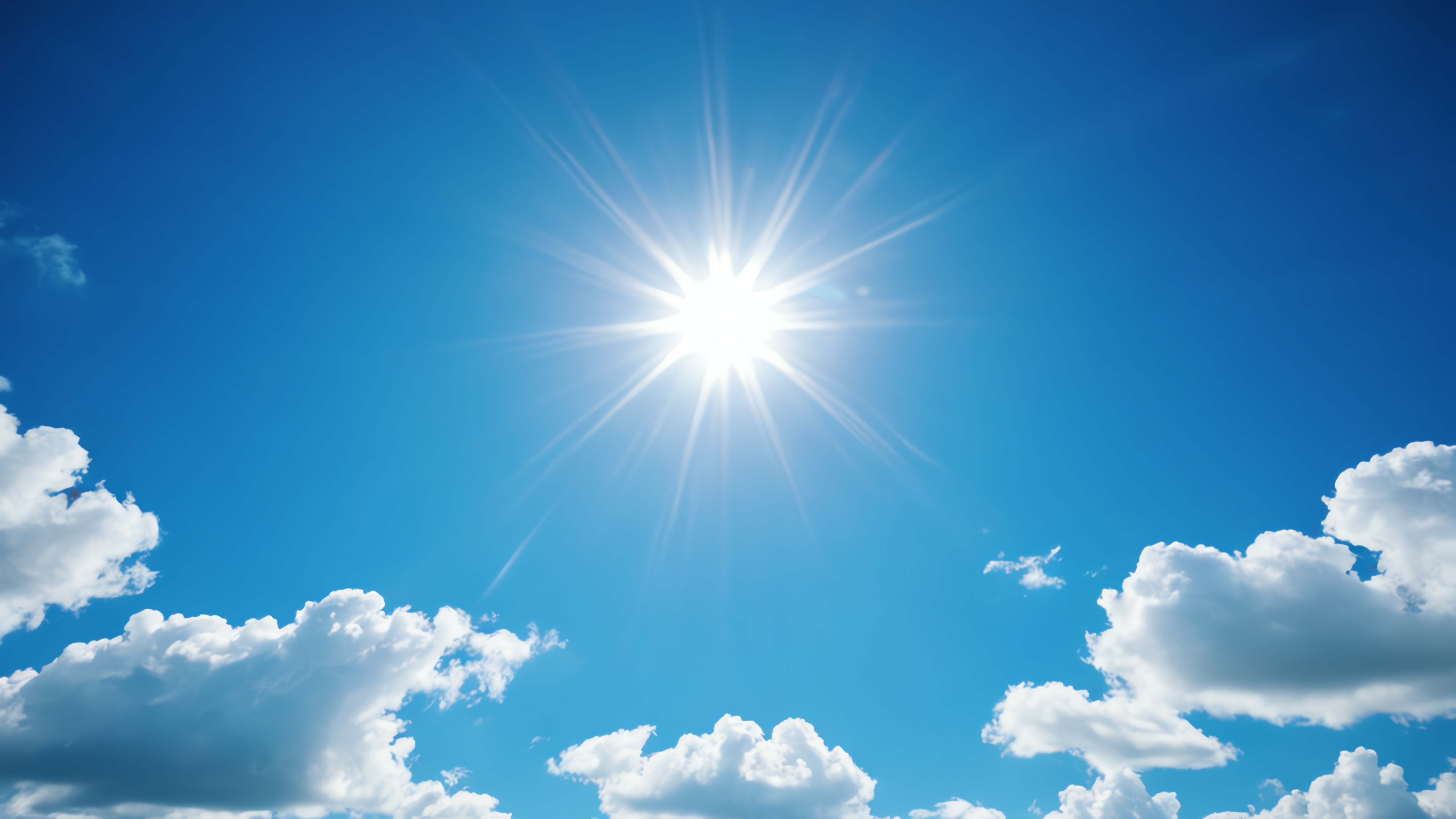How Hot Temperatures Affect Pool Chemistry (And How to Fix It)

Why Heat Changes Pool Water Chemistry
Hot weather accelerates chemical reactions in your pool, increasing chlorine consumption, raising pH, and concentrating minerals due to evaporation. Without proper management, these changes make maintaining balanced water more difficult.
Increased Chlorine Demand
Higher temperatures speed up chlorine breakdown, especially under direct sunlight. The combination of heat and UV exposure causes free chlorine to dissipate rapidly, increasing the risk of bacteria and algae growth.
- Test chlorine levels at least 2-3 times per week in hot weather.
- Use stabilized chlorine or cyanuric acid (CYA) to reduce UV breakdown.
- Maintain free chlorine levels between 2-4 ppm for effective sanitation.
Rising pH Levels
Hot water naturally experiences pH drift due to carbon dioxide loss. A high pH makes chlorine less effective and promotes scaling (calcium buildup).
- Monitor pH frequently and keep it between 7.4 and 7.8.
- Maintain total alkalinity at 80-120 ppm to stabilize pH.
- Use muriatic acid or pH reducer if pH rises too quickly.
Evaporation and Mineral Concentration
Hot weather accelerates water evaporation, leading to high calcium hardness and total dissolved solids (TDS).
Effects of High Mineral Concentration:
- Scaling: White deposits on tiles, pipes, and heaters.
- Cloudy water: Excess calcium makes water murky.
- Difficult pH control: High TDS levels interfere with water balance.
How to Manage Evaporation & Mineral Build-Up:
- Refill the pool regularly to replace evaporated water.
- Check calcium hardness levels (ideal: 200-400 ppm).
- Partially drain and refill if hardness is too high.
Increased Contaminants from Swimmers
Warmer weather means more pool use, introducing sweat, body oils, and sunscreen into the water. These contaminants form chloramines, reducing chlorine effectiveness and causing eye irritation.
How to Prevent Contaminant Build-Up:
- Encourage swimmers to shower before entering the pool.
- Shock the pool every 7-10 days to eliminate chloramines.
- Use a non-chlorine shock for oxidation without increasing chlorine levels.
Best Practices for Maintaining Pool Chemistry in Hot Weather
Test and Adjust More Frequently
Hot weather causes faster fluctuations in water chemistry. Increase testing frequency during periods of extended heat.
- Chlorine: Every 2-3 days
- pH & alkalinity: Every 3-4 days
- Calcium hardness & stabilizer (CYA): Monthly
Protect Chlorine from Sunlight
- Use stabilized chlorine (trichlor, dichlor).
- Consider using a pool cover when not in use.
- Add cyanuric acid (CYA) to maintain 30-50 ppm levels.
Keep pH and Alkalinity in Balance
- Keep pH between 7.4-7.8.
- Maintain alkalinity between 80-120 ppm.
- Use acid if pH rises too high.
Shock the Pool Regularly
- Shock every 7-10 days to remove contaminants.
- Use chlorine shock for algae prevention.
- Use non-chlorine shock to oxidize organic matter.
Increase Filtration and Circulation
- Run the pool pump 12+ hours per day in extreme heat.
- Ensure proper water circulation to prevent algae.
- Clean and backwash the filter regularly.
Keep Your Pool Stable All Summer Long
Instead of waiting for imbalances, make small, frequent adjustments to keep everything stable. By following these steps, you can keep your pool water perfectly balanced - even in extreme heat.
